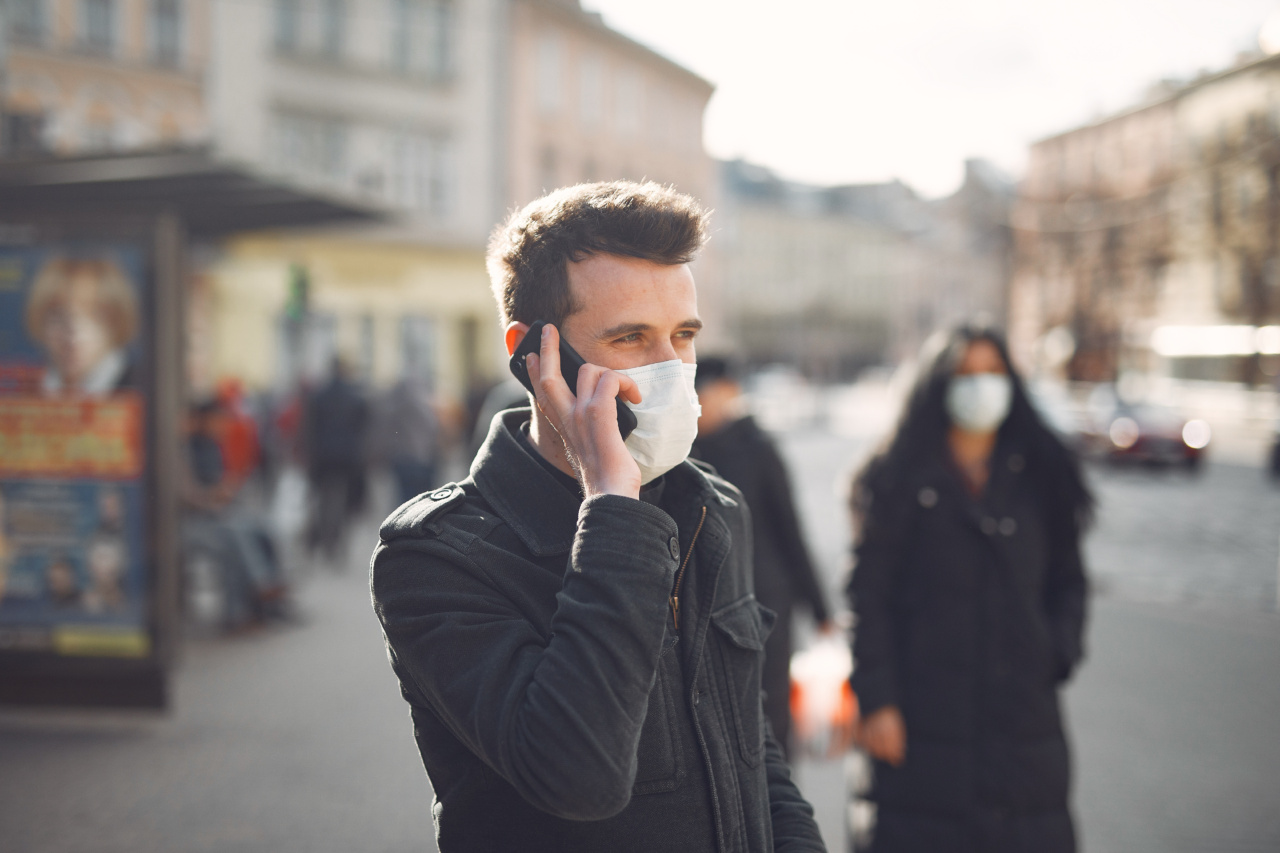Traveling by airplane has become an essential part of our modern lives, enabling us to explore new destinations, visit loved ones, and conduct business globally within a matter of hours.
However, many people have concerns about the potential health risks associated with flying. The enclosed environment, close proximity to other passengers, and recirculated air raise questions about whether airplane travel can increase your risk for illness.
The Recirculated Air Myth
One common belief is that the recirculated air in the confined space of an airplane cabin is a breeding ground for germs and viruses.
While it is true that the air on planes is recirculated, it undergoes a thorough filtration process that removes more than 99% of airborne particles, including bacteria and viruses. Most modern aircraft are equipped with High-Efficiency Particulate Air (HEPA) filters, similar to those used in hospital operating rooms, ensuring a clean and safe environment onboard.
The Importance of Hygiene
Although the air onboard is clean, personal hygiene and cleanliness remain crucial for preventing illness during air travel.
Most germs are spread through direct contact with contaminated surfaces or through respiratory droplets from infected individuals. To protect yourself, it is essential to wash your hands frequently with soap and water or use hand sanitizers containing at least 60% alcohol.
Avoid touching your face, especially your eyes, nose, and mouth, as these are entry points for viruses and bacteria.
Dehydration and Cabin Pressurization
Another concern associated with airplane travel is the cabin’s low humidity levels, which can lead to dehydration.
The air in the cabin has typically lower humidity than what we are accustomed to, and dry environments can cause dry skin, dry eyes, and dry nasal passages. To combat this, it is essential to stay hydrated by drinking water regularly throughout the flight and using moisturizing creams or nasal sprays to keep your skin and mucous membranes moisturized.
Another important aspect related to cabin conditions is the pressurization. The cabins of commercial aircraft are pressurized to simulate atmospheric conditions at the same altitude.
This pressurization ensures that you can breathe comfortably, even at high altitudes. However, the lower air pressure can impact oxygen levels in your blood, which may cause mild symptoms such as headaches, fatigue, or shortness of breath.
These symptoms are generally well-tolerated by healthy individuals, but those with respiratory or cardiovascular conditions should consult their healthcare provider before flying.
Reducing Your Risk of Illness during Air Travel
While it is unlikely for an average passenger to catch an airborne infection during a flight, there are additional ways to reduce your risk of illness while traveling:.
1. Get Vaccinated
Make sure you are up to date with routine vaccines and consider additional vaccinations recommended for your destination. Vaccination is one of the most effective ways to prevent various illnesses, such as influenza or measles.
2. Boost Your Immune System
Prioritize a healthy lifestyle by eating a balanced diet, exercising regularly, and getting sufficient sleep. A strong immune system can help defend against potential infections.
3. Choose Your Seat Wisely
Avoid seating near passengers who are visibly ill, as you may come in contact with their respiratory droplets. Choosing a seat near the window can also minimize your exposure to other passengers walking in the aisle.
4. Maintain Personal Hygiene
Wash your hands frequently, use hand sanitizers, and avoid touching your face to minimize the risk of infection. Additionally, consider carrying disinfectant wipes to clean your personal space, such as the armrests, tray tables, and seat belts.
5. Stay Hydrated
Drink plenty of water and avoid excessive consumption of alcohol or caffeine, as they can contribute to dehydration. Keeping your body well-hydrated helps maintain your overall health and reduces the risk of dry skin, eyes, and mucous membranes.
6. Walk and Stretch
To prevent blood clots in your legs, which can be a risk during long flights, try to stand up, walk, and stretch your legs at regular intervals. Engage in simple exercises, such as ankle rotations or calf raises, while seated.
7. Use Air Vents
Many people worry about airflow from the overhead air vents, fearing it may spread germs. However, the airflow from the vents is filtered and designed to create vertical circulation, directing the air downwards and away from passengers.
The steady airflow can help minimize the transmission of potential airborne particles.
8. Consider Travel Insurance
Investing in travel insurance can provide extra peace of mind, especially if you are traveling to regions with higher risks of infectious diseases. Check which medical expenses are covered by your policy and consider additional coverage if necessary.
9. Stay Informed
Stay updated on travel advisories, health alerts, and any specific precautions recommended for your destination. Government health agencies and reputable sources can provide accurate and timely information about potential health risks.
10. Consult a Healthcare Professional
If you have any specific health concerns or pre-existing conditions, it is advisable to consult with a healthcare professional before traveling.
They can provide personalized recommendations based on your medical history and advise on any necessary precautions or medications.
Conclusion
While there are concerns about the potential health risks associated with airplane travel, the actual risks are generally low for the average passenger.
Airplane cabins undergo rigorous cleaning protocols, and the air is efficiently filtered to remove the majority of airborne particles. By following simple hygiene practices and taking necessary precautions, you can reduce your risk of illness and enjoy a safe and healthy journey to your destination.






























